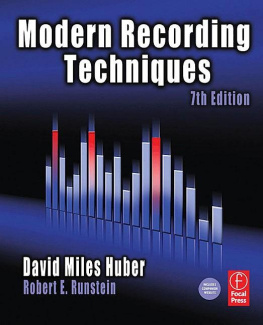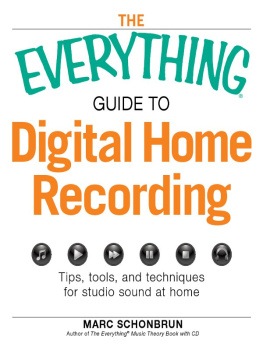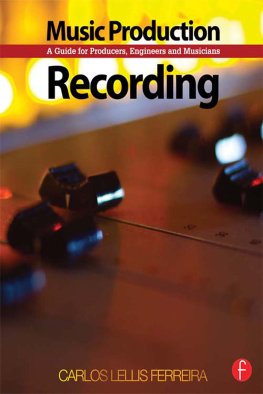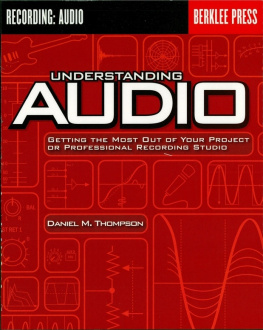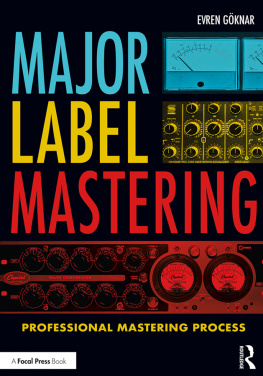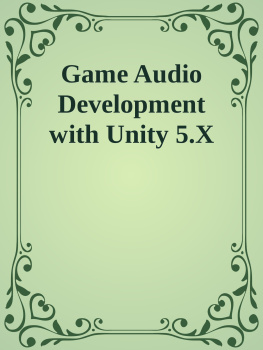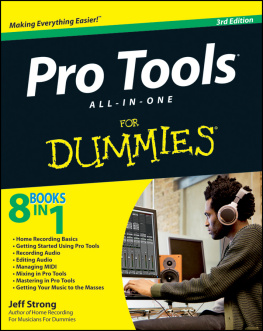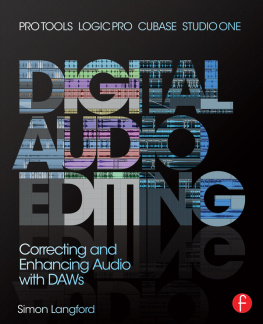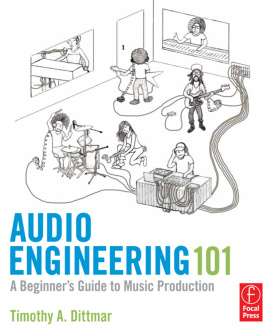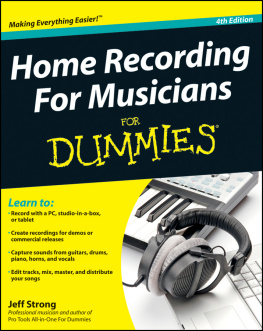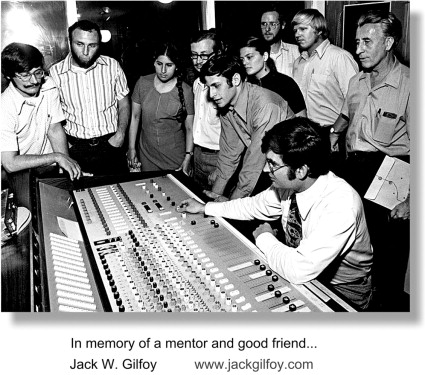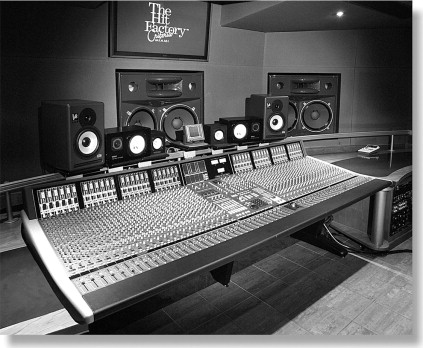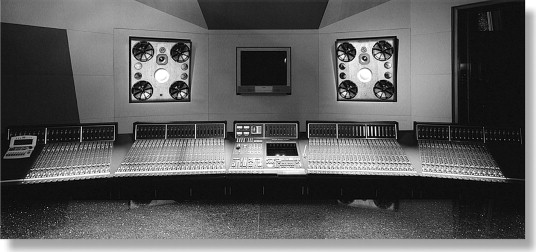David Miles Huber - Modern Recording Techniques, Seventh Edition
Here you can read online David Miles Huber - Modern Recording Techniques, Seventh Edition full text of the book (entire story) in english for free. Download pdf and epub, get meaning, cover and reviews about this ebook. year: 2009, publisher: Focal Press, genre: Home and family. Description of the work, (preface) as well as reviews are available. Best literature library LitArk.com created for fans of good reading and offers a wide selection of genres:
Romance novel
Science fiction
Adventure
Detective
Science
History
Home and family
Prose
Art
Politics
Computer
Non-fiction
Religion
Business
Children
Humor
Choose a favorite category and find really read worthwhile books. Enjoy immersion in the world of imagination, feel the emotions of the characters or learn something new for yourself, make an fascinating discovery.
- Book:Modern Recording Techniques, Seventh Edition
- Author:
- Publisher:Focal Press
- Genre:
- Year:2009
- Rating:3 / 5
- Favourites:Add to favourites
- Your mark:
Modern Recording Techniques, Seventh Edition: summary, description and annotation
We offer to read an annotation, description, summary or preface (depends on what the author of the book "Modern Recording Techniques, Seventh Edition" wrote himself). If you haven't found the necessary information about the book — write in the comments, we will try to find it.
We have entered an exciting age in audio production. Conventional limitations in recording have subsided or vanished entirely, making it possible to create and record your own music in ways that few ever dreamed possible. This expanded, up-to-date edition of Modern Recording Techniques can help guide you through the process of creating, understanding and mastering the professional and project studio. The tips, tricks, and tools in this best-selling book will enable you to record music in new and innovative ways thatll help you express your talents to their fullest potential. This definitive guide to audio covers the latest audio technologies, and includes expanded and enhanced sections on the Digital Audio Workstation (DAW), plug-ins, looping, groove tools, studio techniques, surround sound, mastering and more. Accompanied by an interactive companion website (www.modrec.com) featuring a searchable audio glossary, this dynamite book/website combination leaves no recording question unanswered, while offering you the chance to share ideas, get tips, and seek out advice when and where you need it. With Modern Recording Techniques, 7th ed., you can: * Explore the tools for getting better results in both the professional and project recording studio * Gain in-depth insights into digital audio technology, the digital audio workstation (DAW), surround sound production, electronic music and MIDI, synchronization, analog and digital console technology, mixing, console automation and more * Master the basics of dynamics, noise reduction, and other forms of signal processing in both the analog and the digital domains * Learn practical microphone placement techniques, monitoring fundamentals, CD mastering and important tips on getting your music to market * Check out new developments in new media, desktop audio and music technologies for the Web
*THE go to resource providing tips and techniques for getting the best results from music recording, be prepared with the know how required when working in the recording studio
*Includes over 500 technical diagrams, screenshots and product illustrations, makes information accessible and aids understanding
*Companion website provides tutorials and video content, with practical examples of the principals- clarifying how they work
David Miles Huber: author's other books
Who wrote Modern Recording Techniques, Seventh Edition? Find out the surname, the name of the author of the book and a list of all author's works by series.

